While stocks and bonds are essential components of many investment portfolios, there is a growing interest in alternative investments. These non-traditional assets can offer diversification, higher returns, and unique opportunities that aren’t typically available in the stock and bond markets. This article explores the world of alternative investments, their benefits, various types, and how to incorporate them into your investment strategy.
Understanding Alternative Investments
Alternative investments encompass a broad range of assets that fall outside the mainstream categories of stocks, bonds, and cash. These investments often require a different approach and can provide unique benefits and risks.
Benefits of Alternative Investments
1. Diversification
One of the primary benefits of alternative investments is diversification. By adding non-correlated assets to your portfolio, you can reduce overall risk and enhance returns.
– Reduced Correlation: Alternative assets often perform differently from traditional investments, helping to balance your portfolio during market fluctuations.
– Broader Exposure: Diversifying into alternative investments provides exposure to different sectors, industries, and economic factors.
2. Potential for Higher Returns
Alternative investments can offer higher returns compared to traditional assets. While they often come with increased risk, the potential rewards can be significant.
– High-Yield Opportunities: Investments such as private equity, hedge funds, and real estate can provide substantial returns.
– Risk-Return Tradeoff: By carefully selecting alternative investments, you can achieve a favorable balance between risk and return.
3. Access to Unique Opportunities
Alternative investments provide access to unique opportunities that aren’t available in public markets.
– Private Markets: Gain access to private companies and markets, offering growth potential not found in publicly traded stocks.
– Specialized Assets: Invest in specialized assets such as commodities, art, wine, and collectibles.
Types of Alternative Investments
1. Real Estate
Real estate investments include residential, commercial, and industrial properties. These investments can offer rental income, capital appreciation, and diversification benefits.
– Rental Properties: Generate steady income through rental payments.
– Real Estate Investment Trusts (REITs): Invest in a diversified portfolio of properties managed by professionals.
2. Private Equity
Private equity involves investing in private companies through funds or direct ownership. This type of investment often aims for significant long-term capital appreciation.
– Venture Capital: Invest in early-stage startups with high growth potential.
– Buyout Funds: Acquire established companies and improve their performance to achieve higher valuations.
3. Hedge Funds
Hedge funds employ various strategies to achieve high returns, often using leverage, derivatives, and short-selling. These funds are typically accessible to accredited investors.
– Long/Short Equity: Combine long positions in undervalued stocks with short positions in overvalued stocks.
– Global Macro: Capitalize on macroeconomic trends and events across global markets.
4. Commodities
Commodities such as gold, silver, oil, and agricultural products offer a hedge against inflation and diversification benefits.
– Precious Metals: Gold and silver are traditional safe-haven assets during economic uncertainty.
– Energy Commodities: Invest in oil, natural gas, and renewable energy sources.
5. Collectibles
Collectibles include art, wine, rare coins, and classic cars. These tangible assets can appreciate in value and offer a unique investment experience.
– Art Investments: Purchase works of art with the potential for significant appreciation.
– Wine Collections: Invest in rare and vintage wines that can increase in value over time.
Incorporating Alternative Investments into Your Portfolio
Incorporating alternative investments requires careful planning and consideration of your financial goals, risk tolerance, and investment horizon.
1. Assess Your Risk Tolerance
Alternative investments can be more volatile and less liquid than traditional assets. Assess your risk tolerance to determine the appropriate allocation in your portfolio.
2. Diversify Across Alternative Assets
Just as with stocks and bonds, diversification within alternative investments is crucial. Spread your investments across different types of alternative assets to minimize risk.
3. Work with Professionals
Alternative investments often require specialized knowledge and expertise. Consider working with a financial advisor or investment manager to navigate these complex opportunities.
How Imperial Asset Capital Can Help
At Imperial Asset Capital, we recognize the importance of alternative investments in creating a well-rounded and resilient portfolio. Our team of experts can help you:
– Identify Suitable Opportunities: Discover alternative investment opportunities that align with your financial goals and risk tolerance.
– Develop a Diversified Strategy: Create a tailored investment strategy that includes a mix of traditional and alternative assets.
– Ongoing Support and Guidance: Receive continuous support and guidance to manage your alternative investments effectively.
Alternative investments offer a range of benefits, including diversification, higher returns, and access to unique opportunities. By understanding the various types of alternative assets and incorporating them into your investment strategy, you can enhance your portfolio’s resilience and growth potential. Whether it’s real estate, private equity, hedge funds, commodities, or collectibles, alternative investments can play a vital role in achieving your financial goals.
For personalized assistance in exploring and incorporating alternative investments into your portfolio, contact the experts at Imperial Asset Capital. Stay informed about the latest trends and strategies in alternative investments by subscribing to our newsletter or scheduling a consultation with our experienced advisors.
